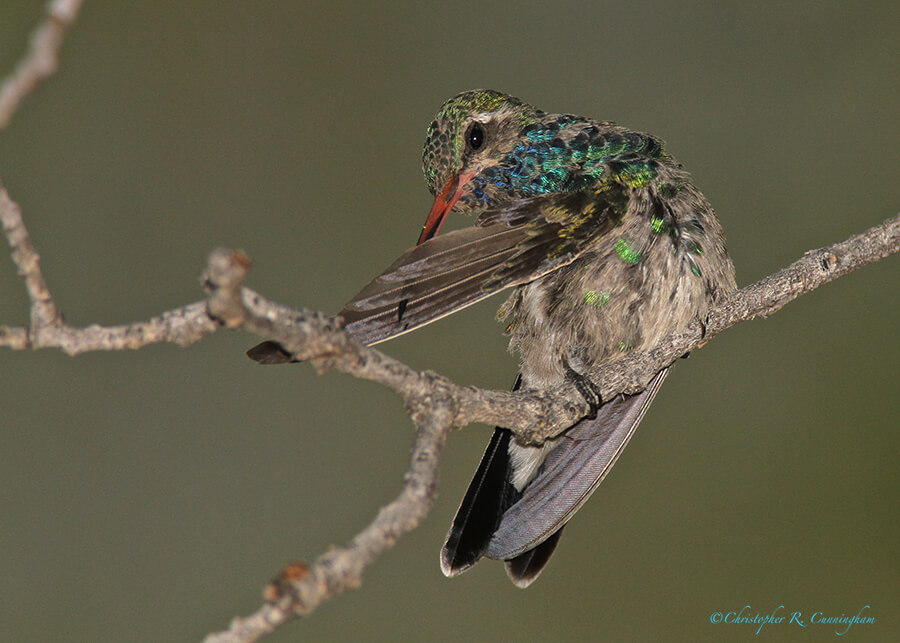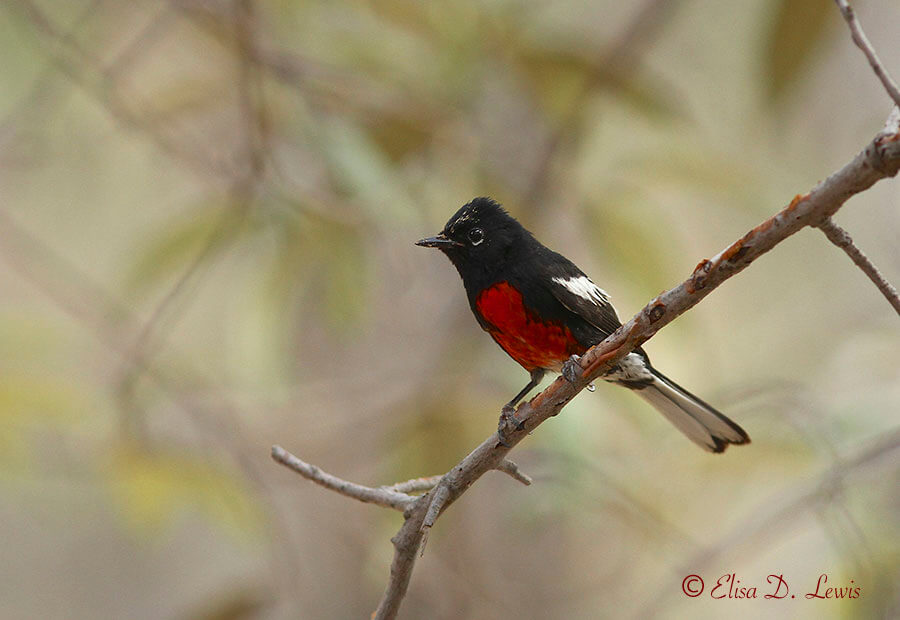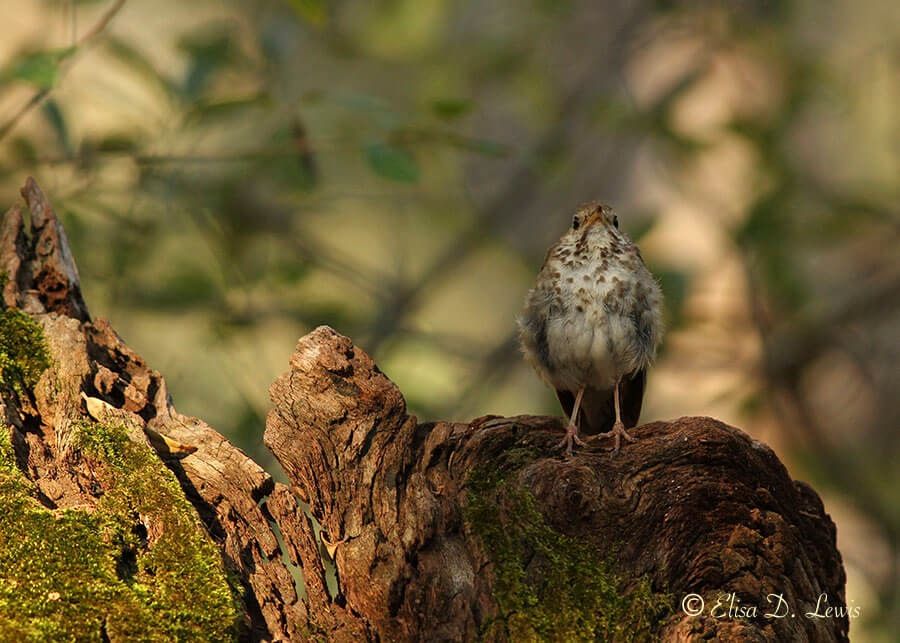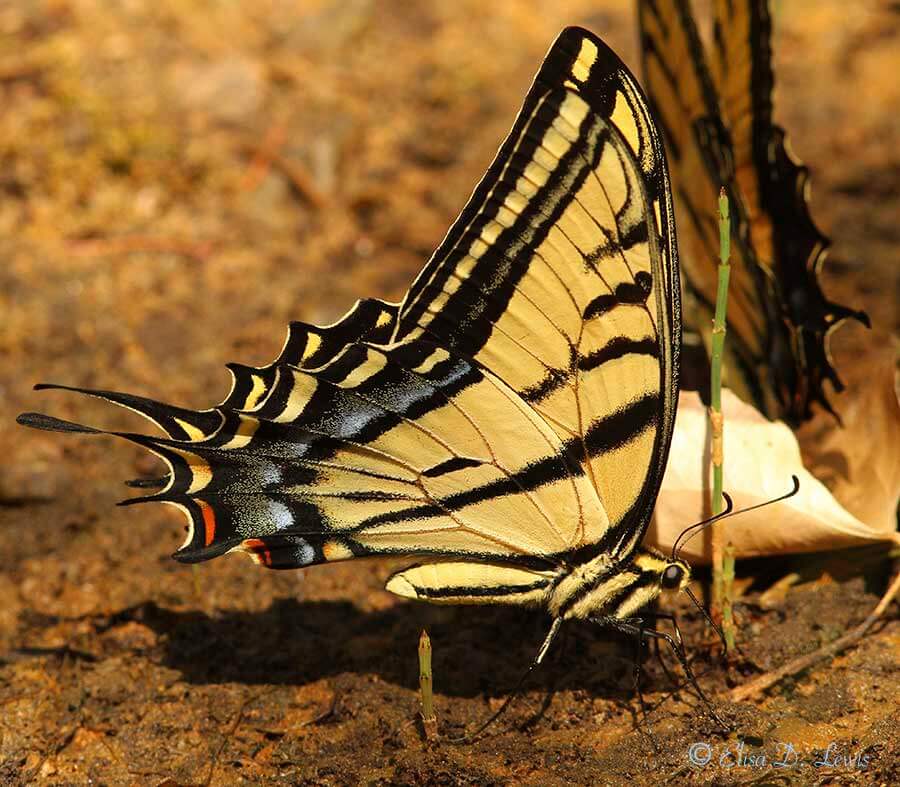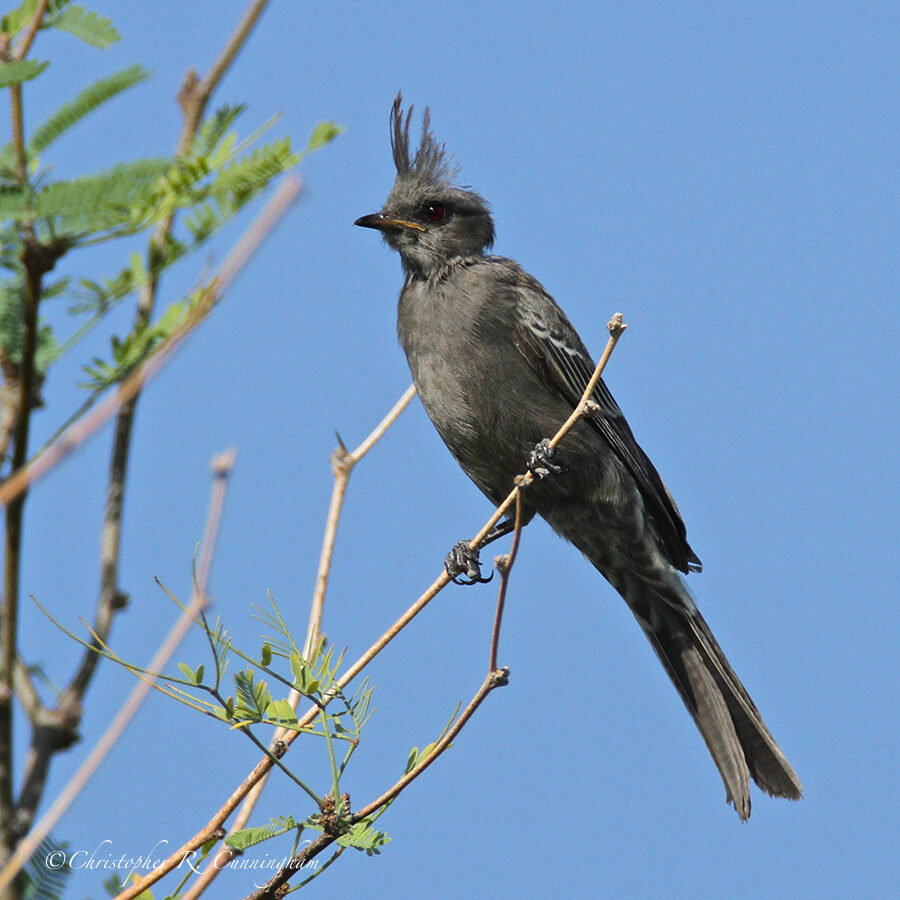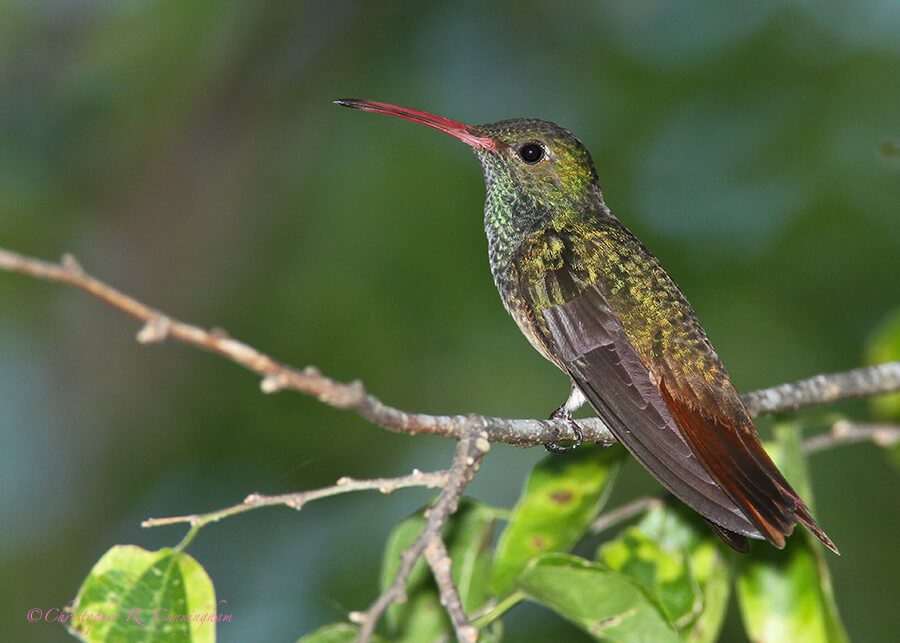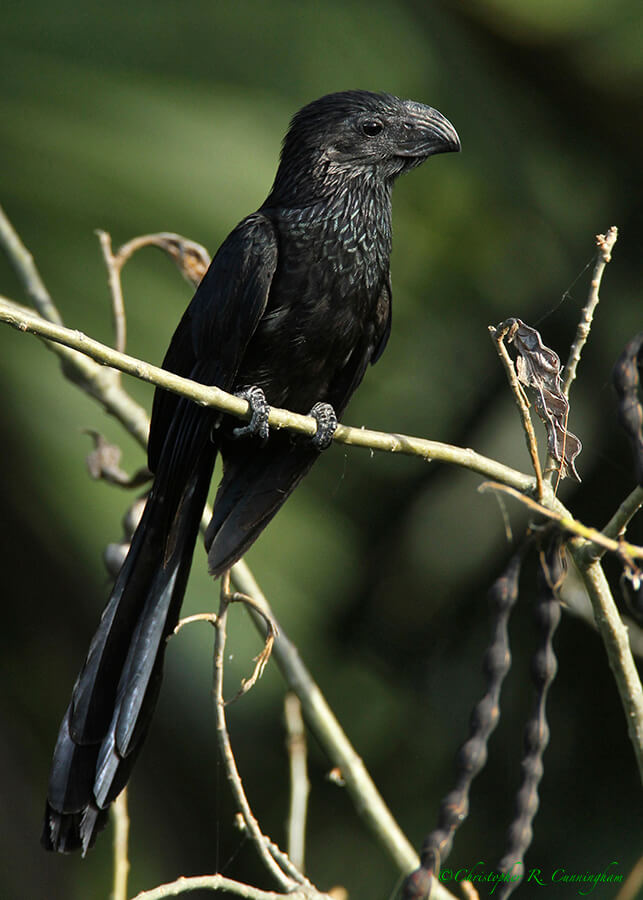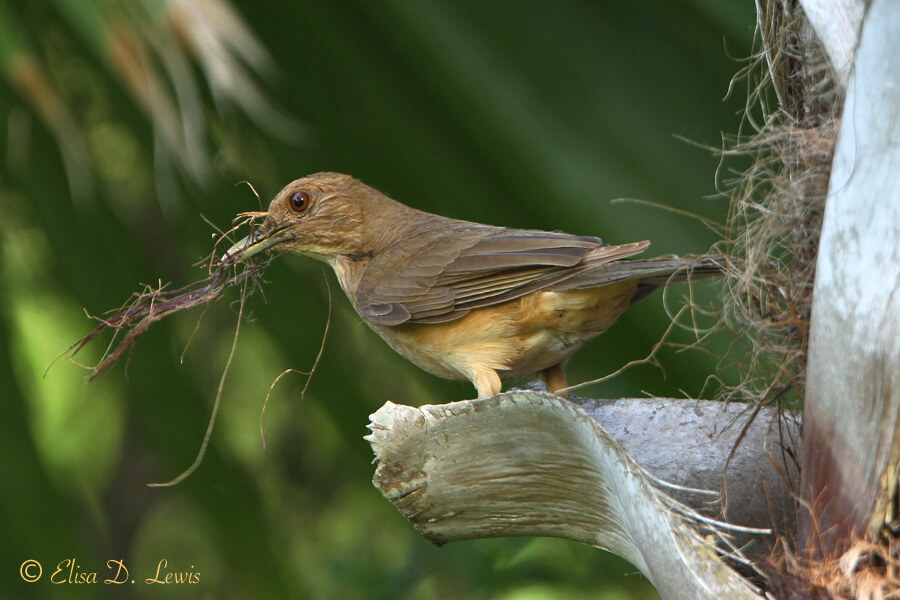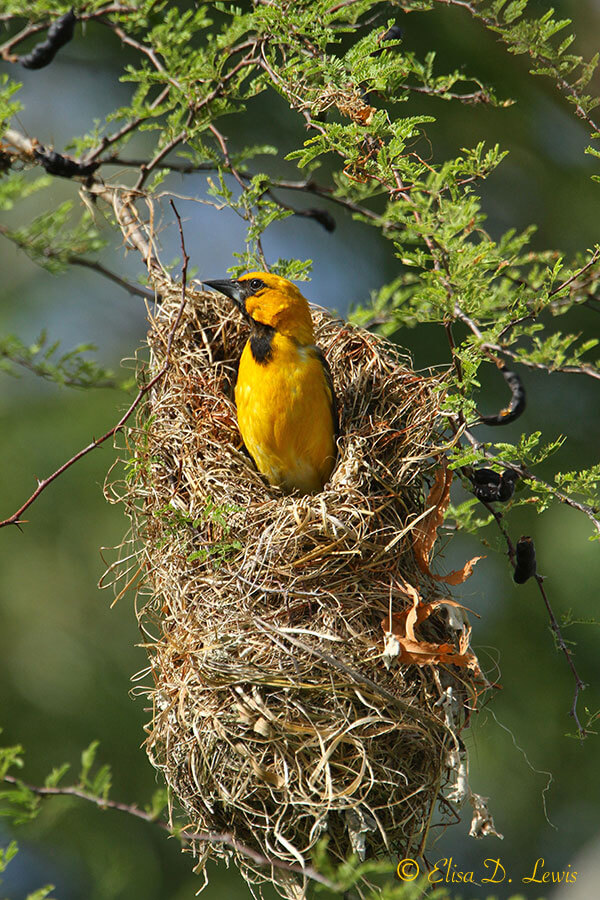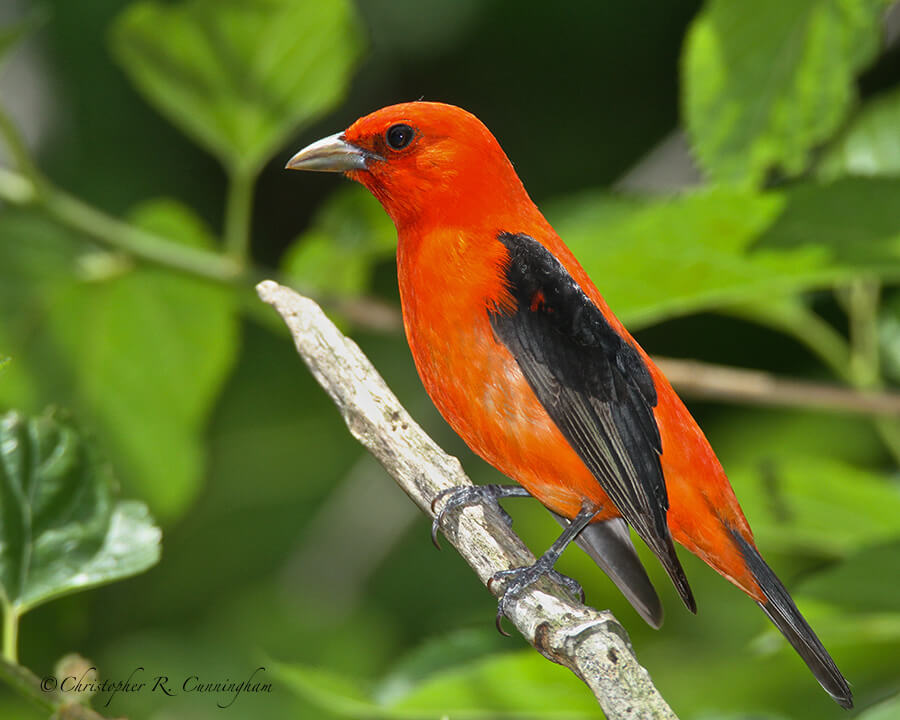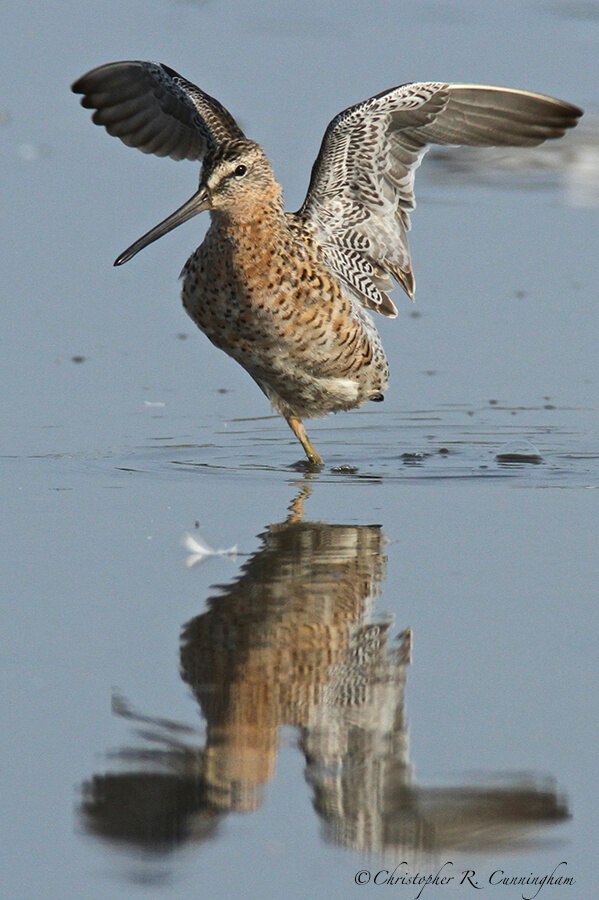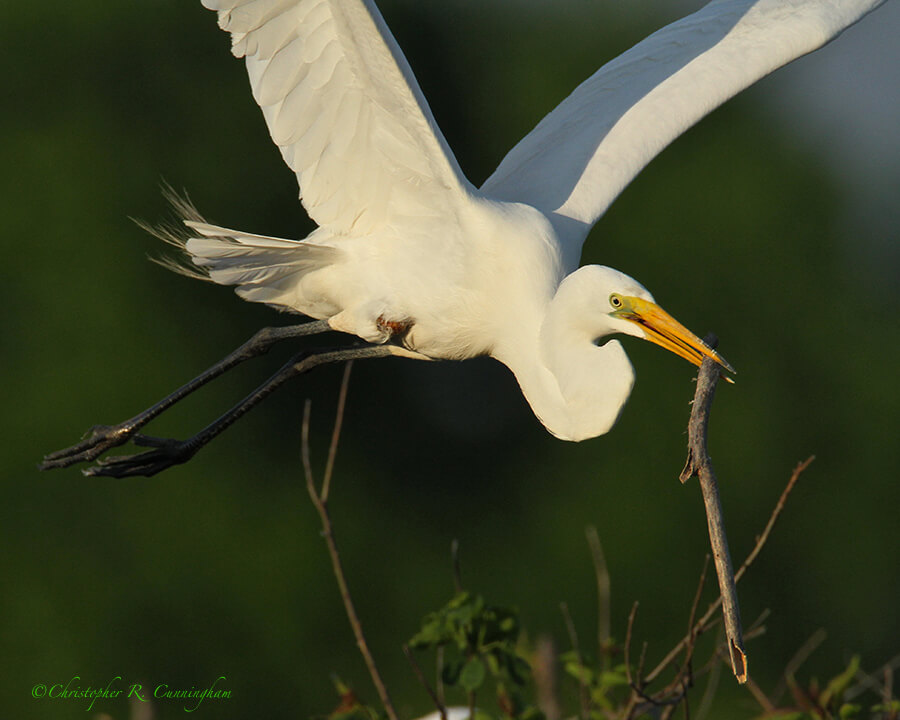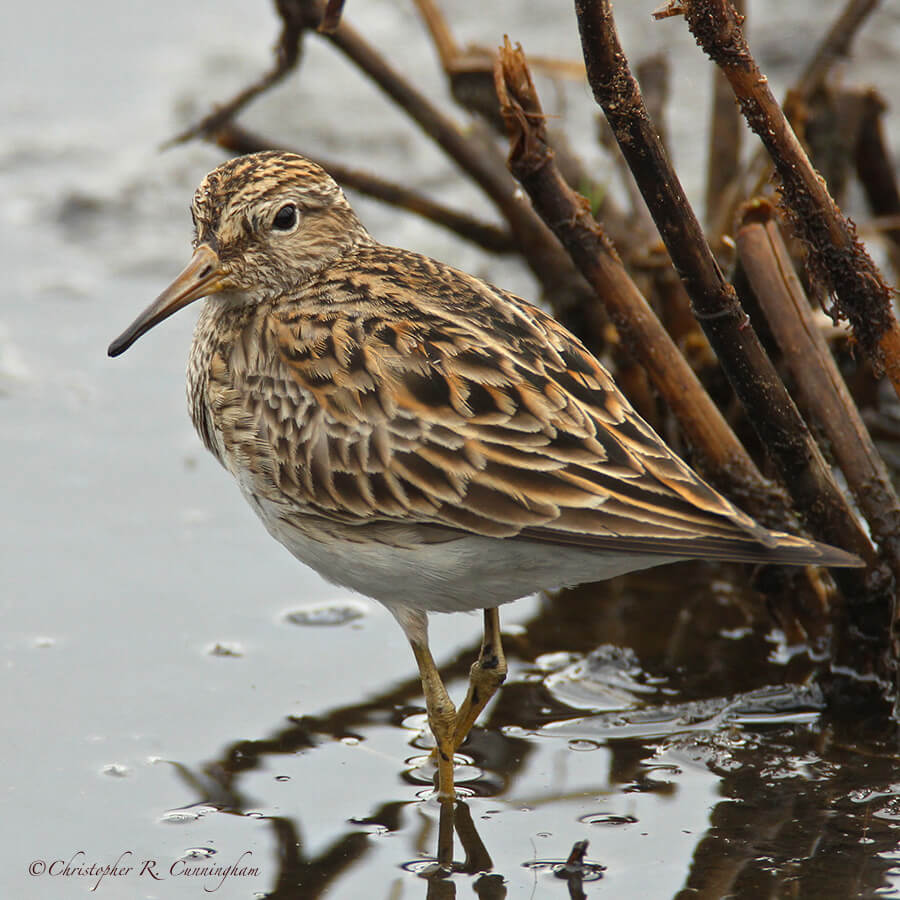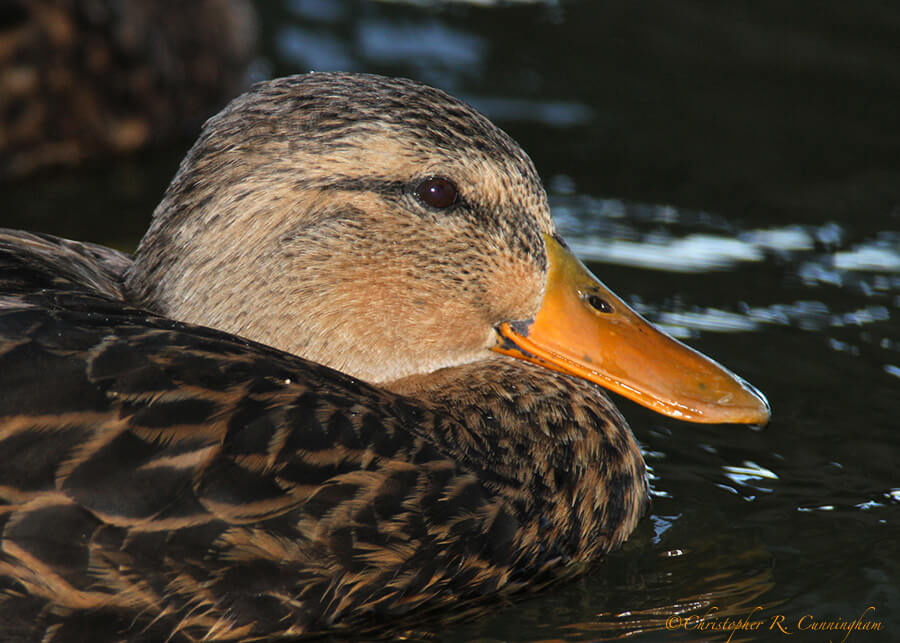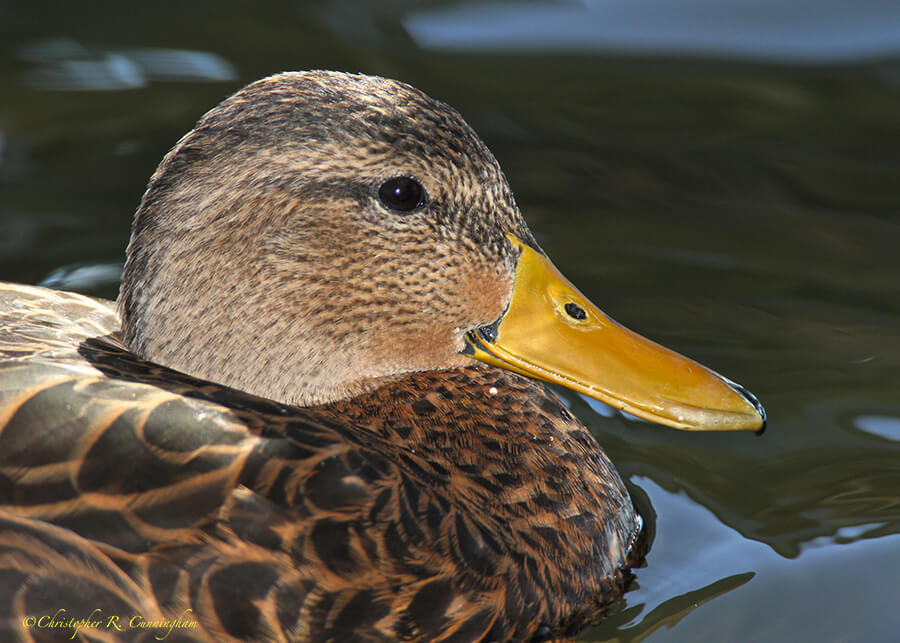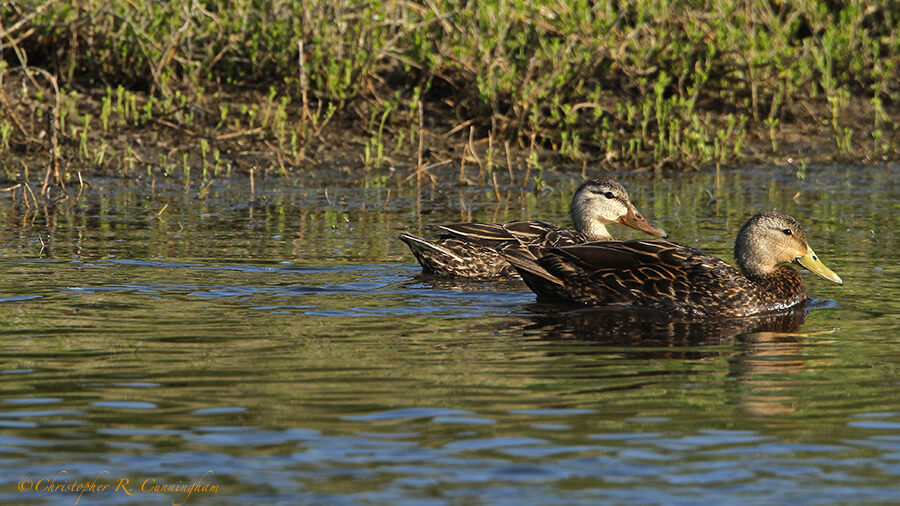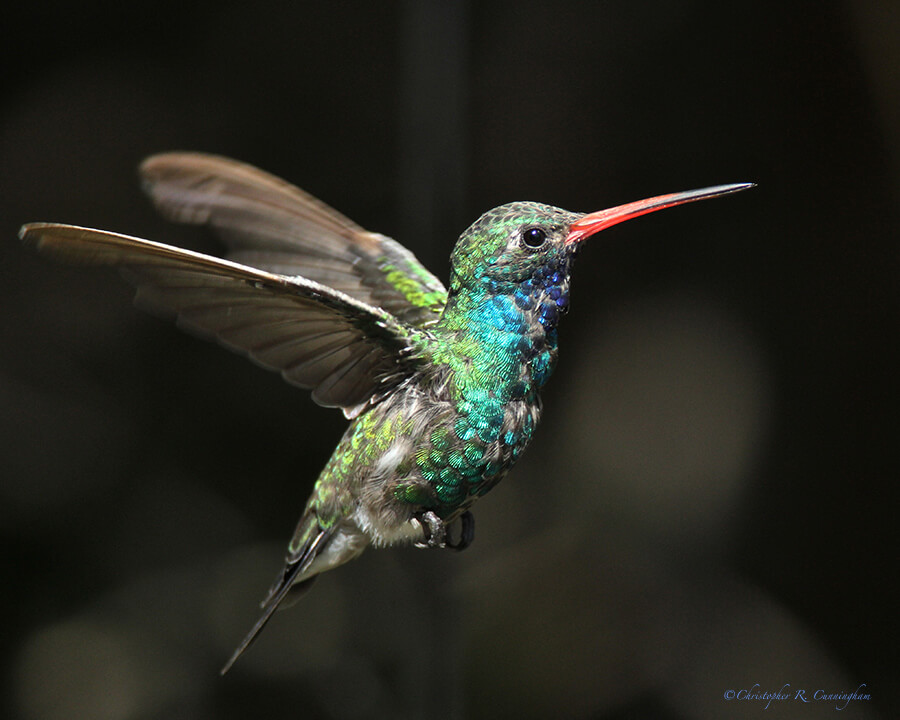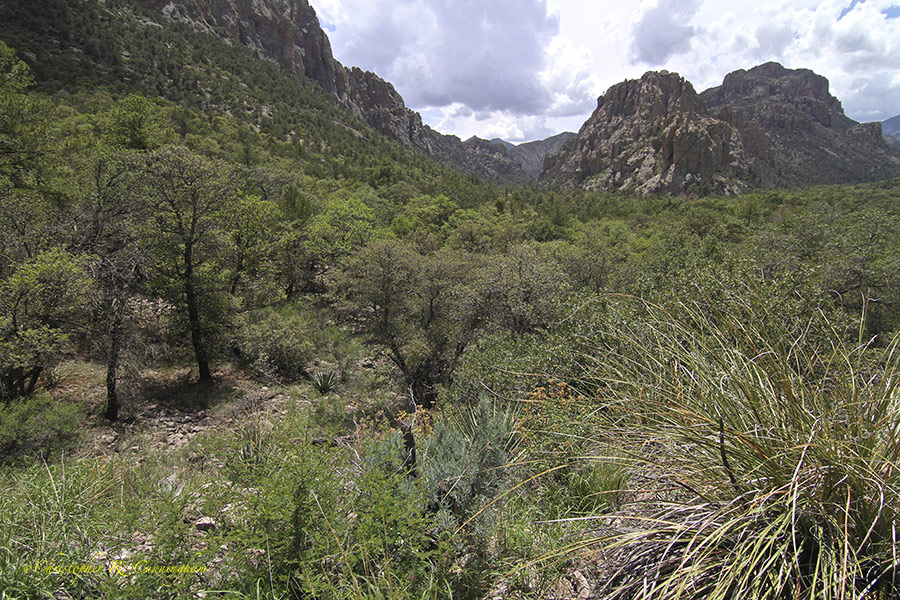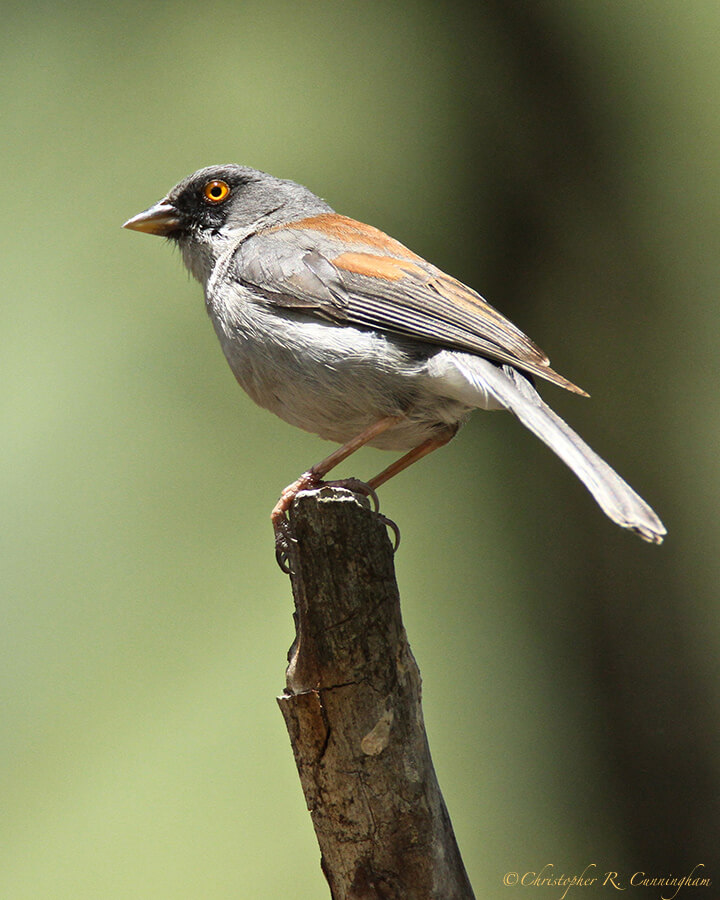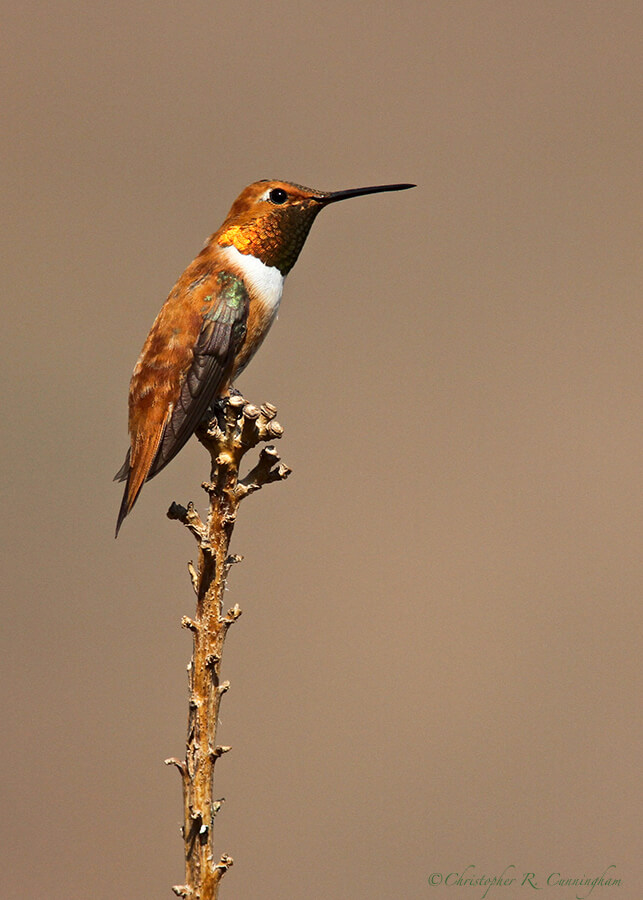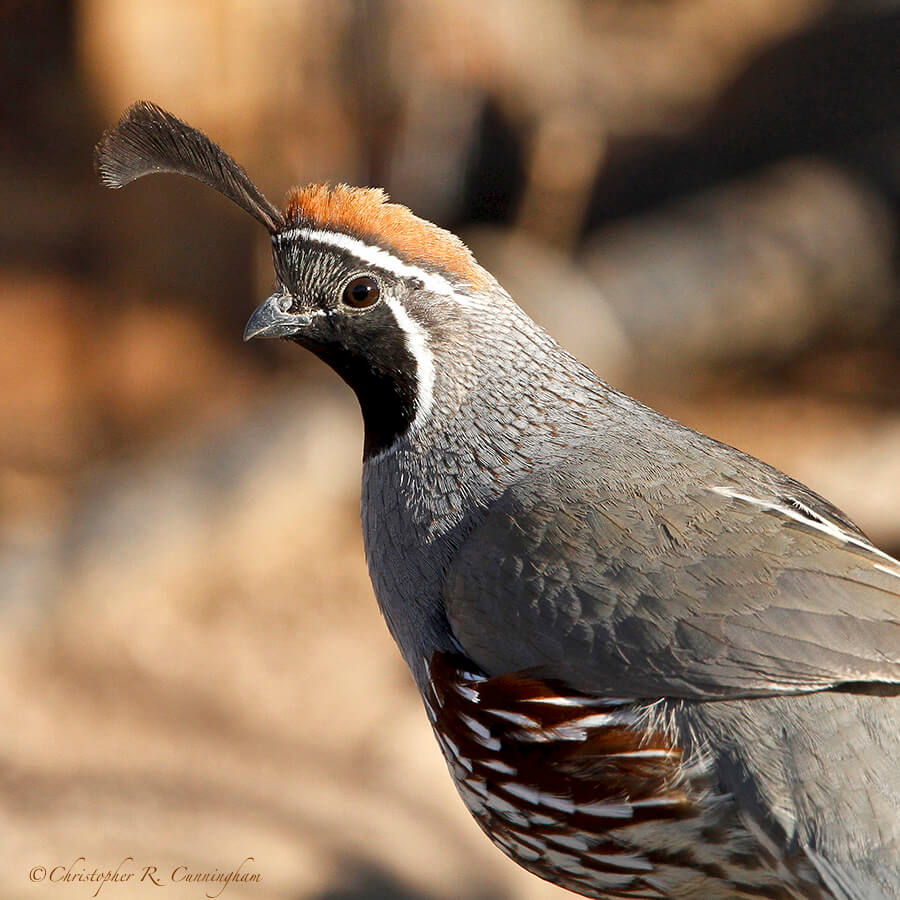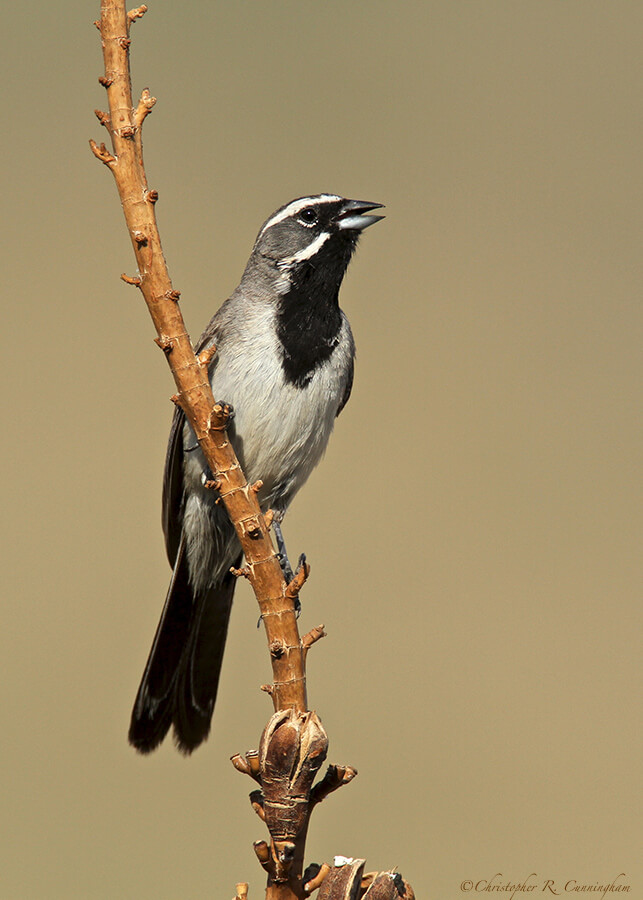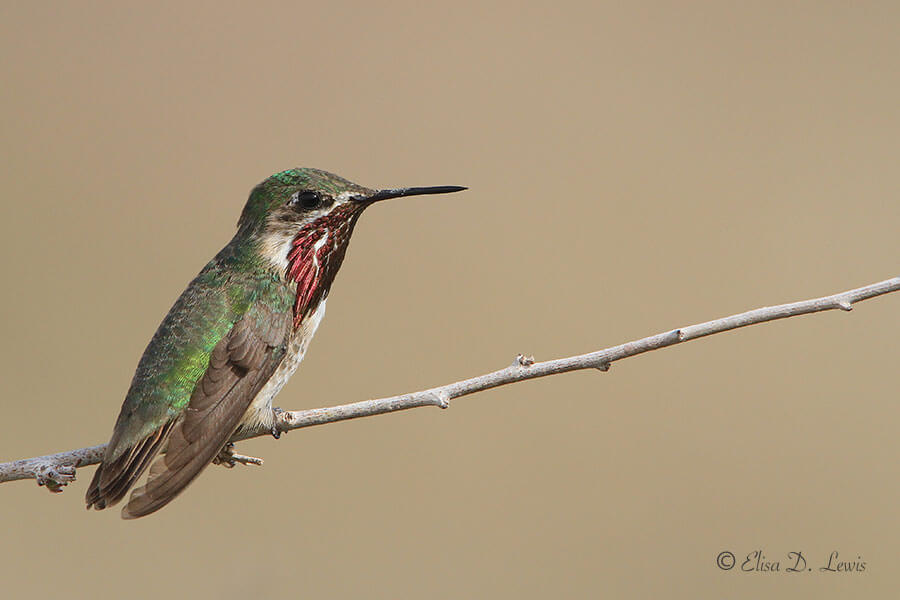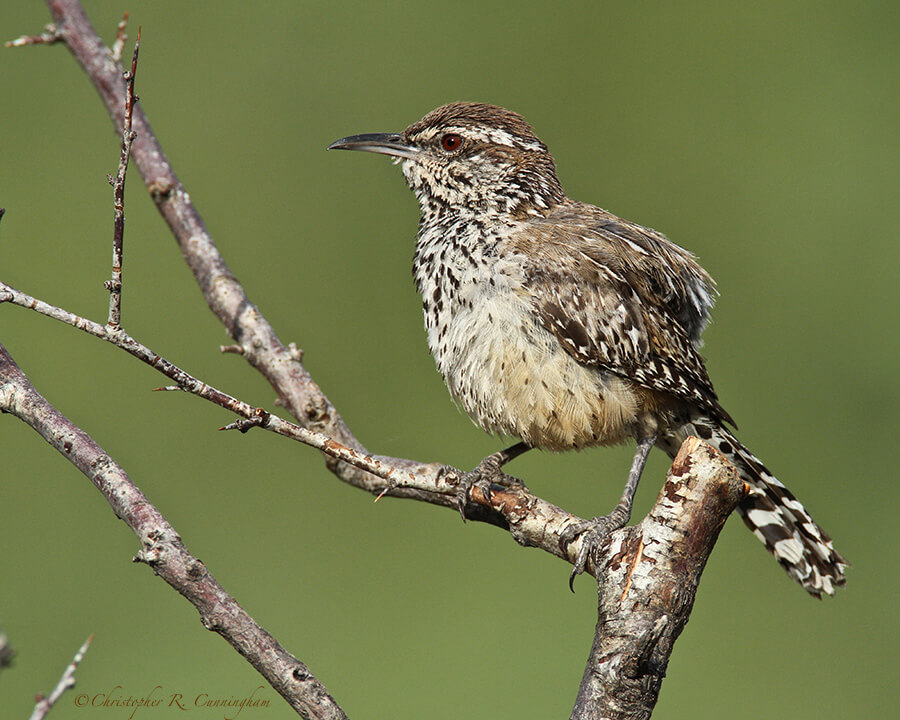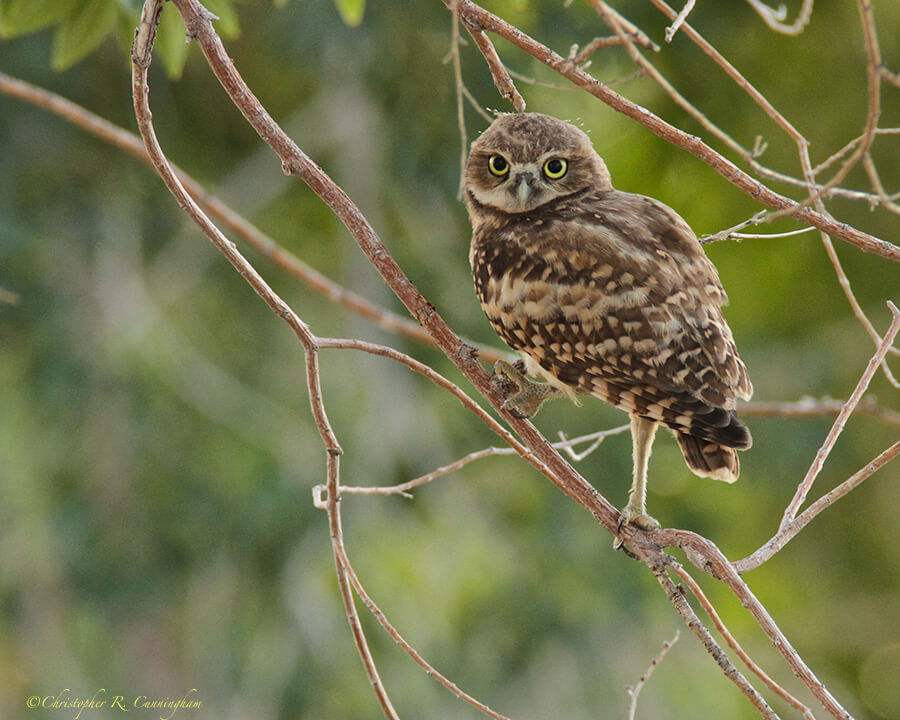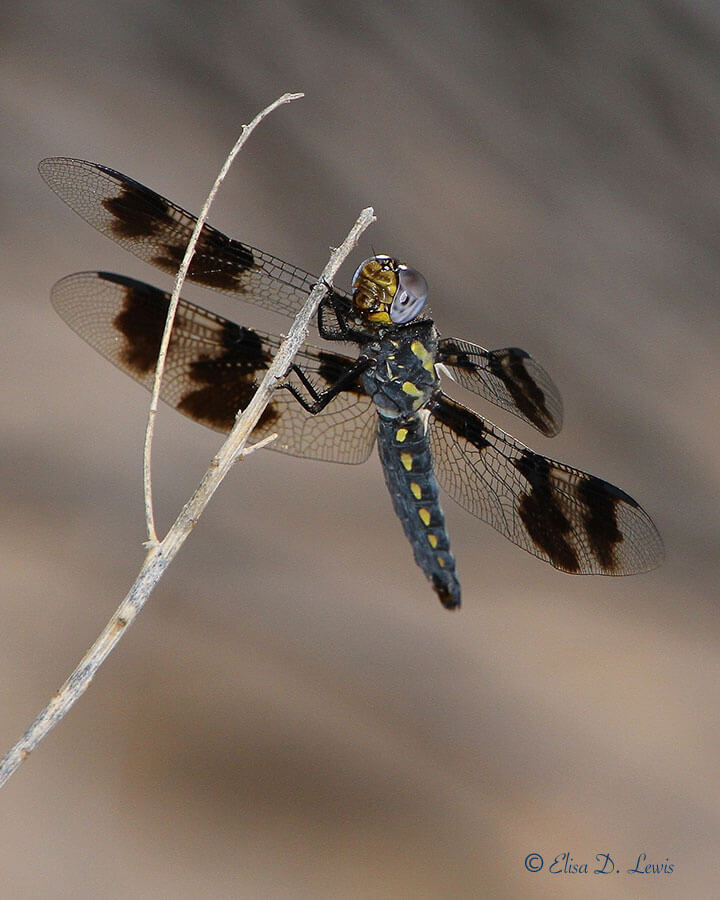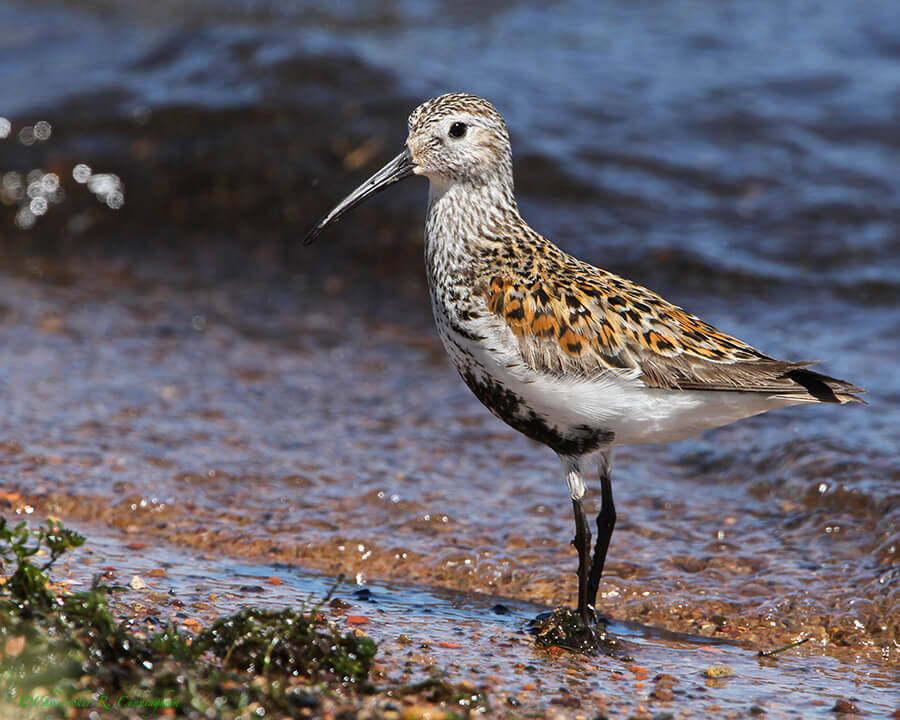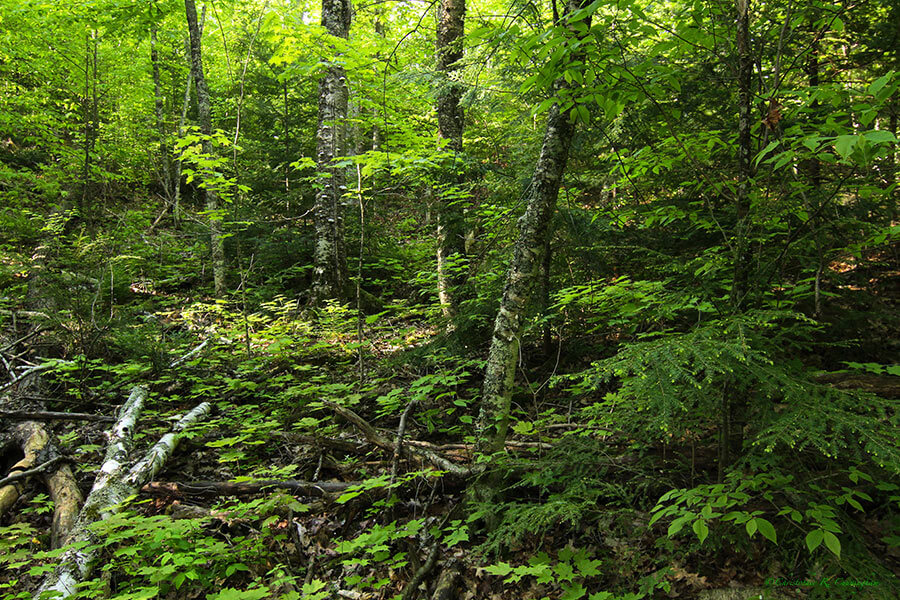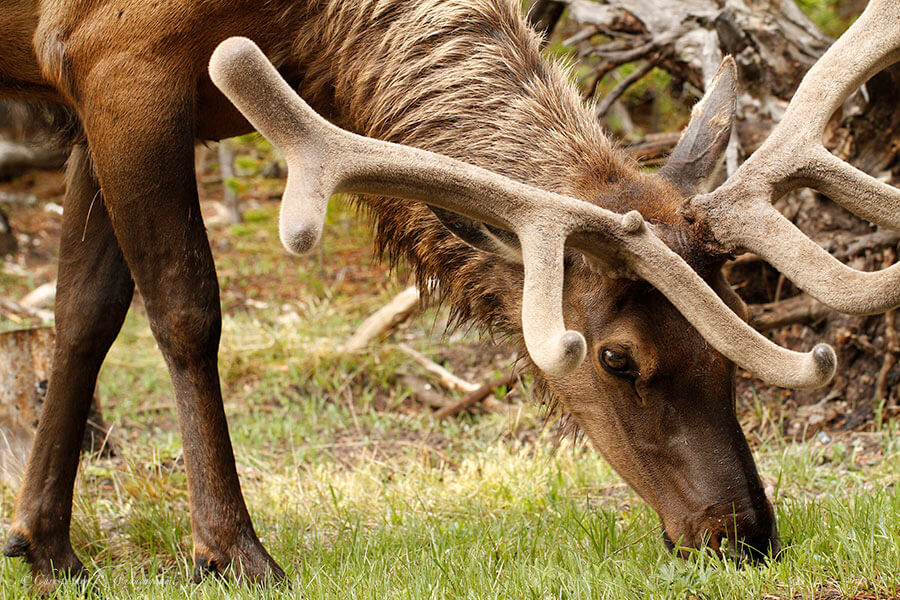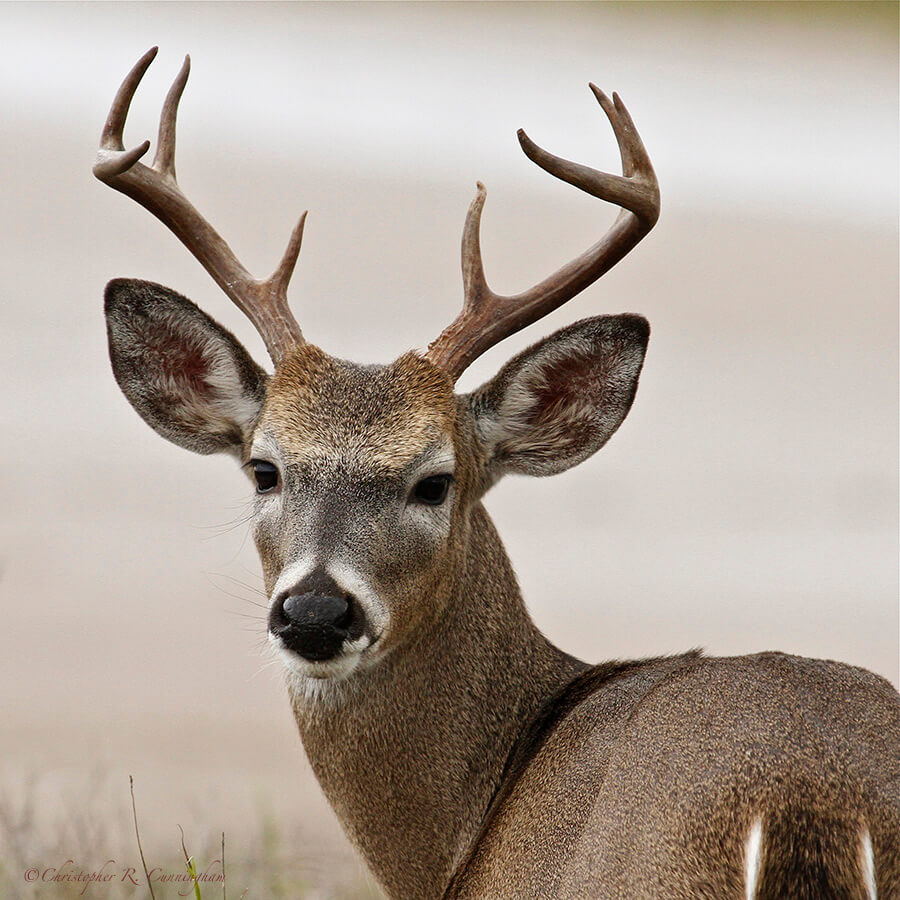Poets say science takes away from the beauty of the stars – mere globs of gas atoms. I, too, can see the stars on a desert night, and feel them. But do I see less or more?—Richard P. Feynman
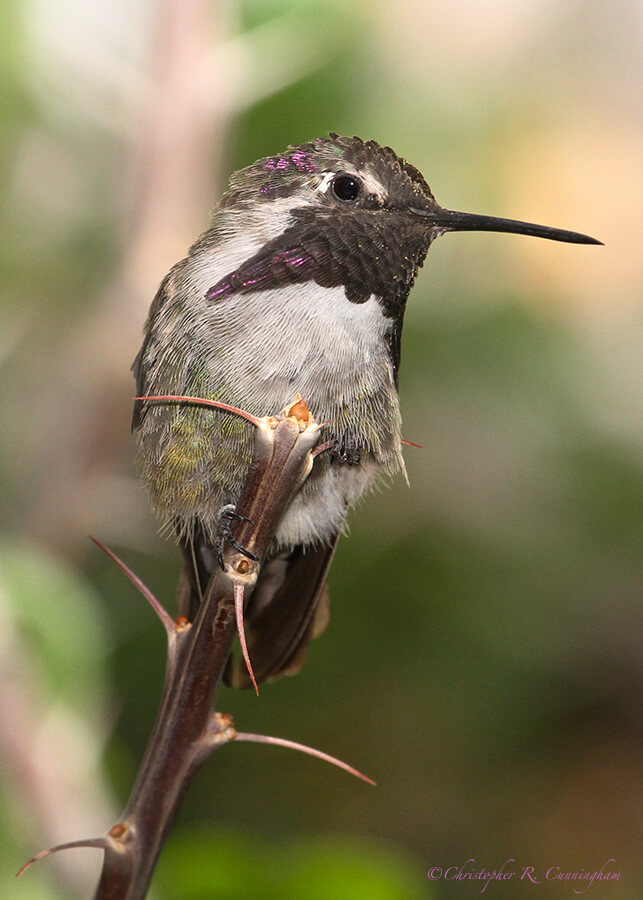
The Arizona-Sonora Desert Museum is an interesting and highly recommended institution nestled within Saguaro National Park. Composed of zoo, botanical garden, nature park, wildlife refuge, and natural history museum, the 21-acre campus blends into the surrounding Sonoran Desert. Some animals are free to come and go as they please, and others are captive.
According to museum literature, the hummingbird aviary contains up to seven species. On the day we visited it contained only four: Anna’s, Costa’s, Black-chinned, and Broad-billed. Because Black-chinned and Broad-billed are common in the areas we bird, we focused our attention primarily on Anna’s and Costa’s.
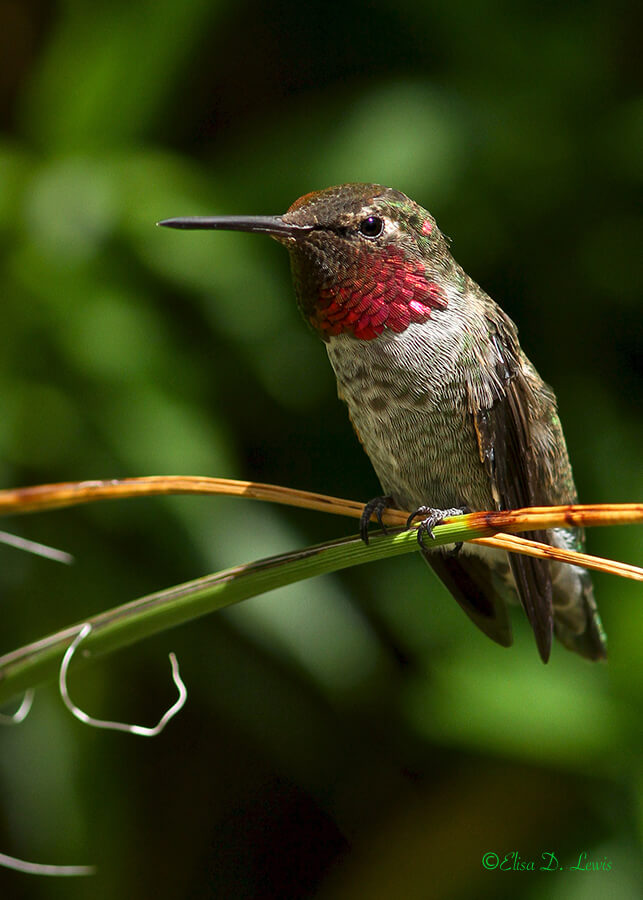
The covered aviary made for a weird, muted light in which it was difficult to capture the iridescent colors of male humming bird gorgets. Because these colors are the result of the physical optics of the feathers, not pigmentation, getting the colors to show well depends on the spatial relationship between light source(s), bird, and camera. On the whole, shooting hummingbirds in the aviary was a bit unsettling: We are used to hummers being will-o’-the-wisps, and free to wander.
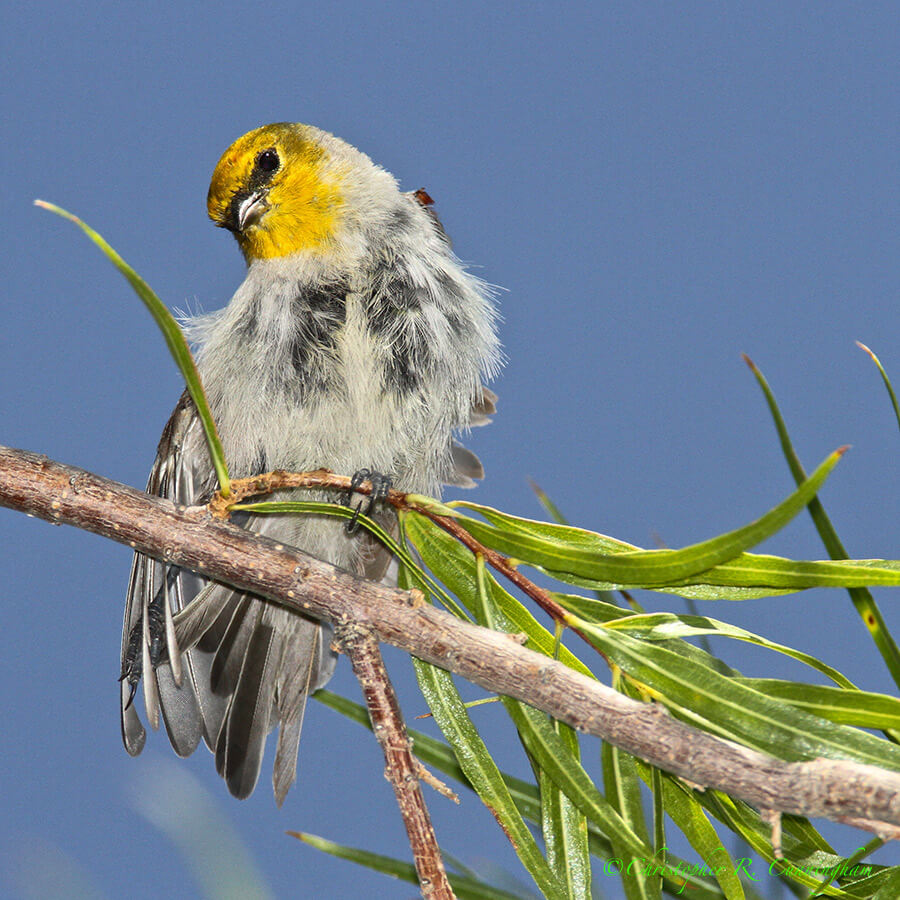
We also saw a variety of wild desert birds. Cactus Wrens and White-winged Doves were the most common and were seen singing on saguaros and other plants. Verdin, Phainopepla, and Gila Woodpeckers were also about. Some Ash-throated Flycatchers and Gambel’s Quail made brief appearances.
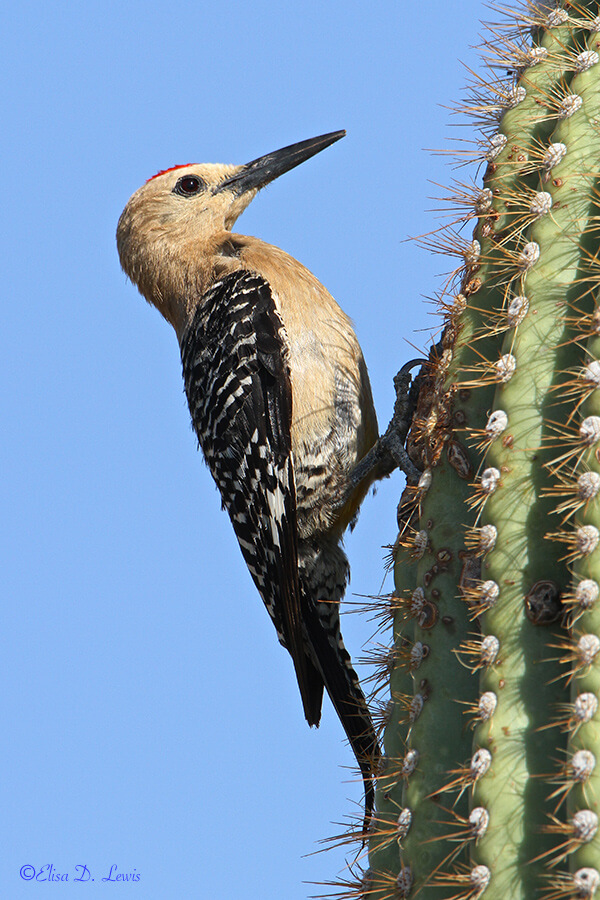
The Arizona-Sonora Desert Museum also boasts an impressive assortment of desert plants. A number of species were in bloom including fishhook barrel cactus, red yucca, a variety of legumes, and the spectacular red bird-of-paradise (Caesalpinia pulcherrina), a naturalized native of the Neotropics. Some saguaros were in bloom, but coming to the end of their flowering season.
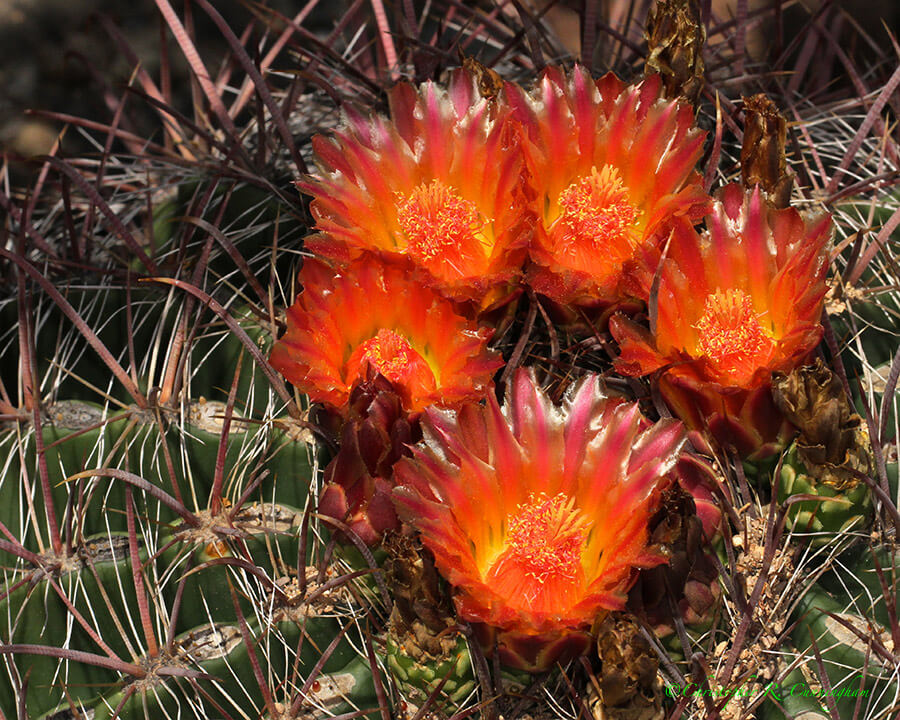
Our visit to the Arizona-Sonora Desert Museum brought up many philosophical issues about the place of nature in a human-dominated landscape. We have hinted at some of these issues before, but Elisa hopes to explore them more deeply in future writings.
©2014 Christopher R. Cunningham and Elisa D. Lewis. All rights reserved. No text or images may be duplicated or distributed without permission.
